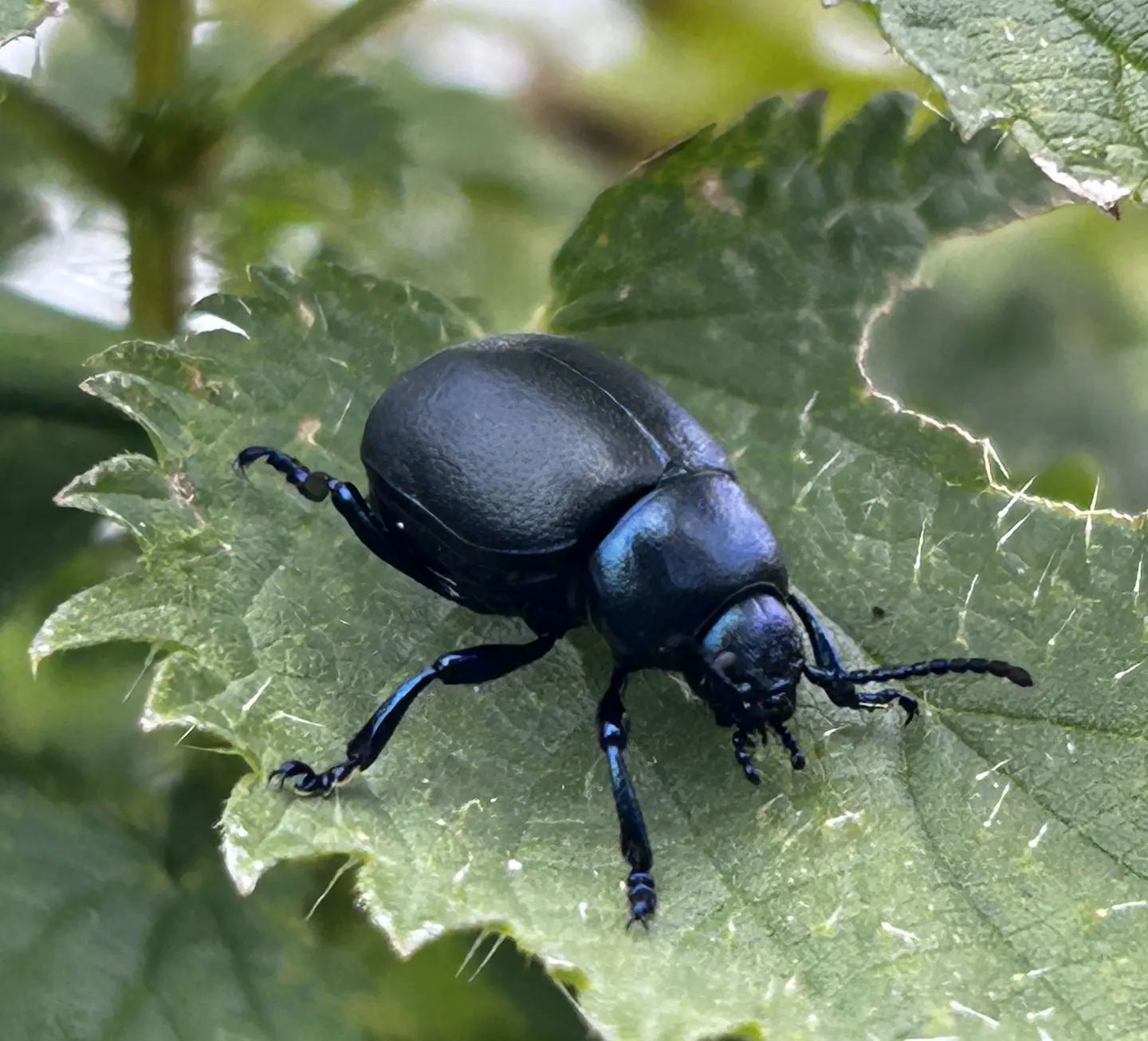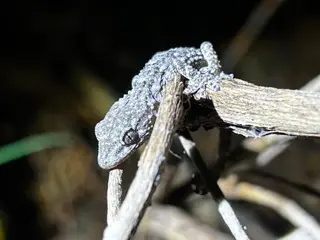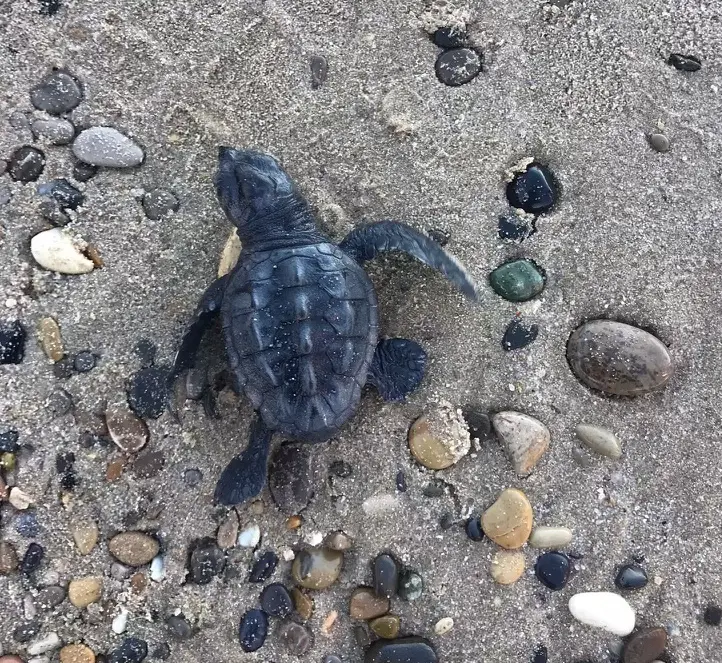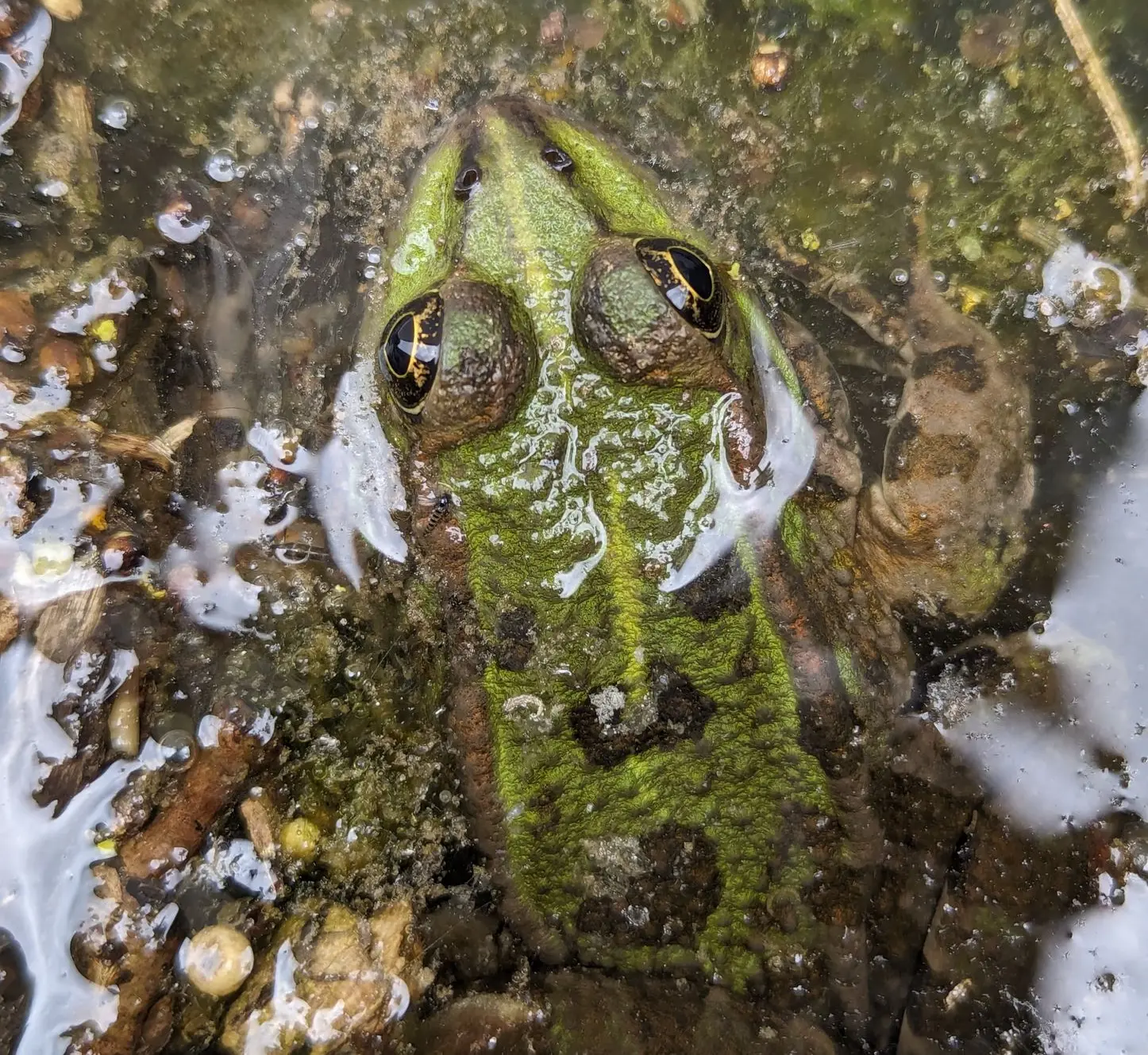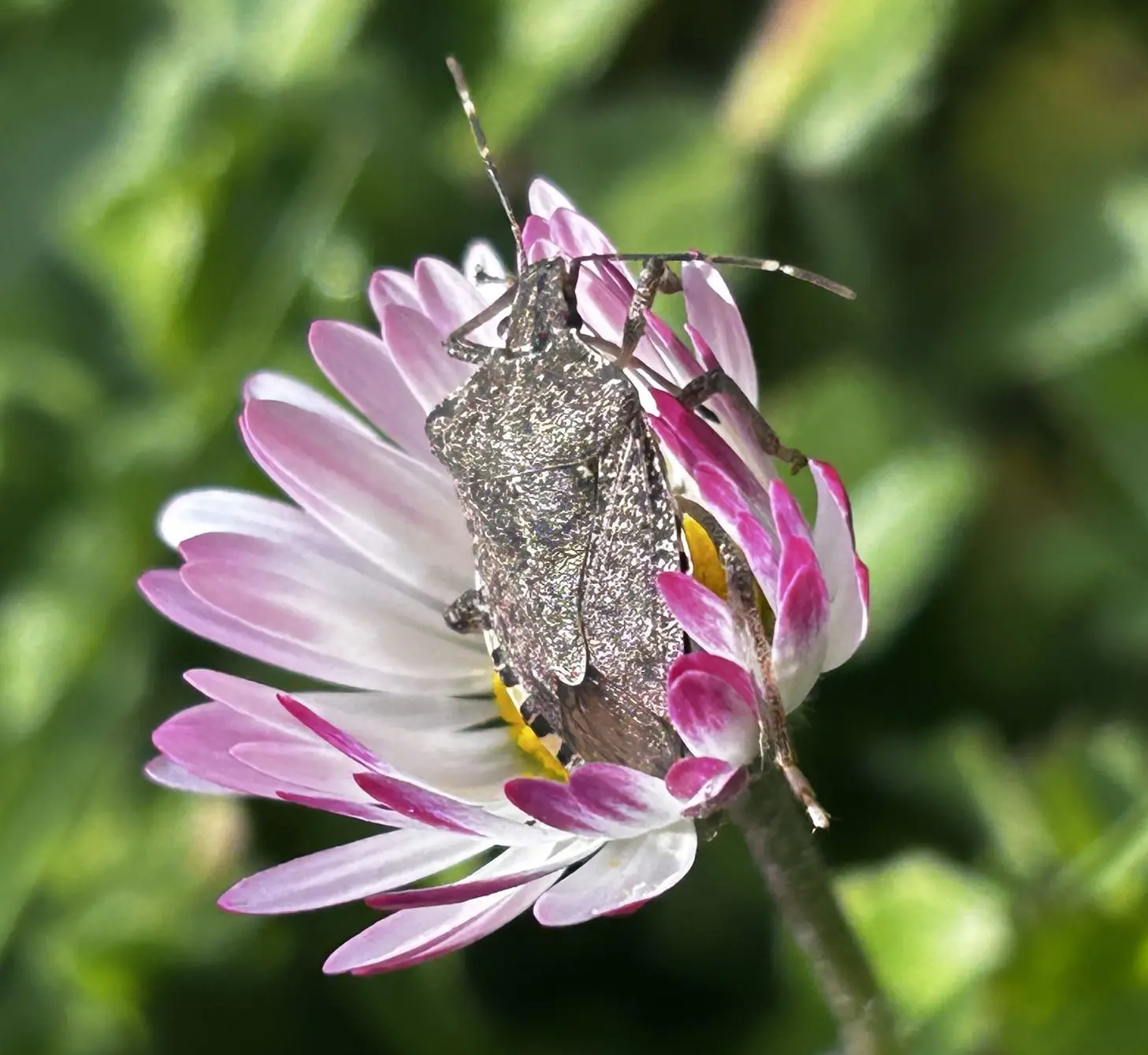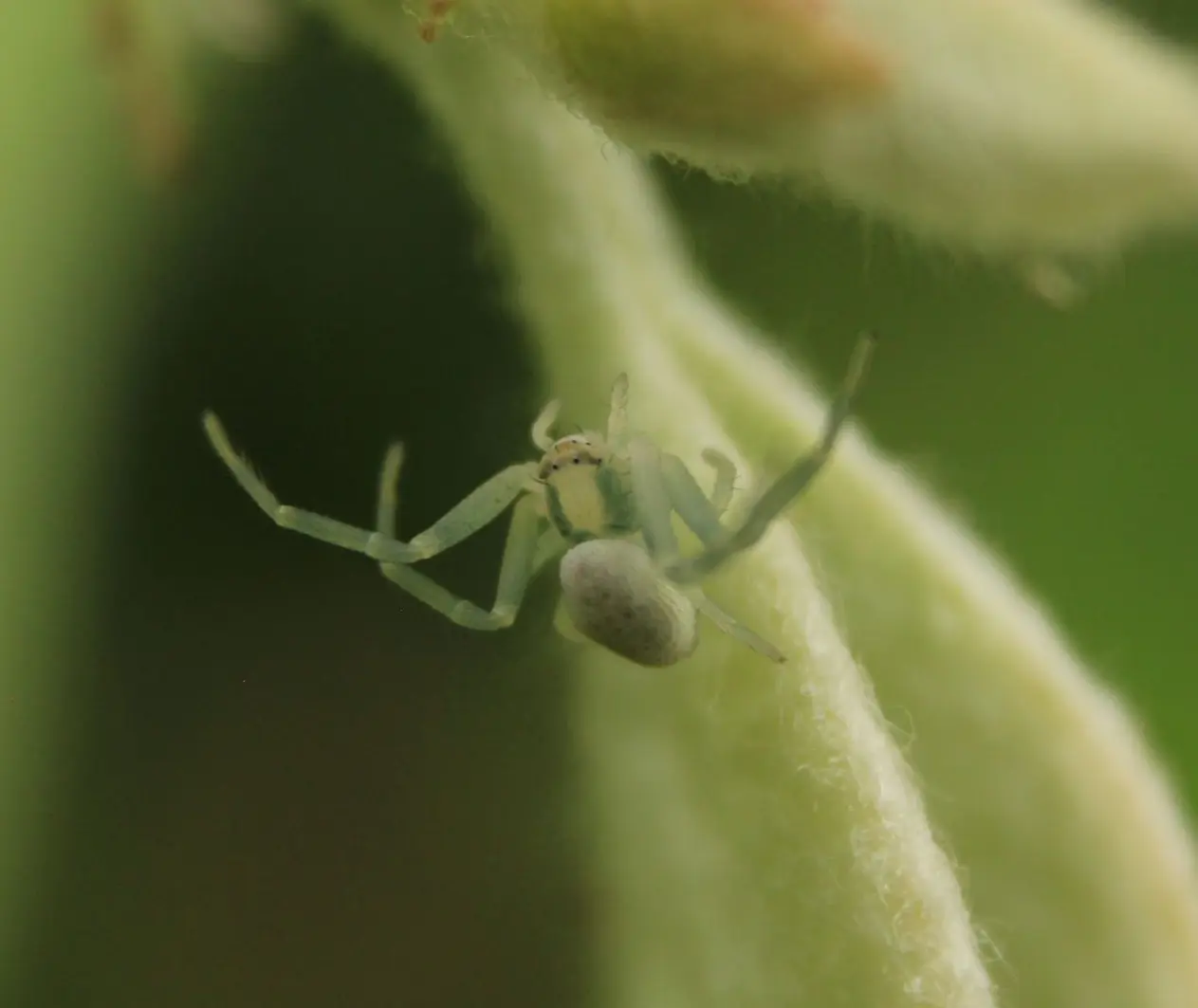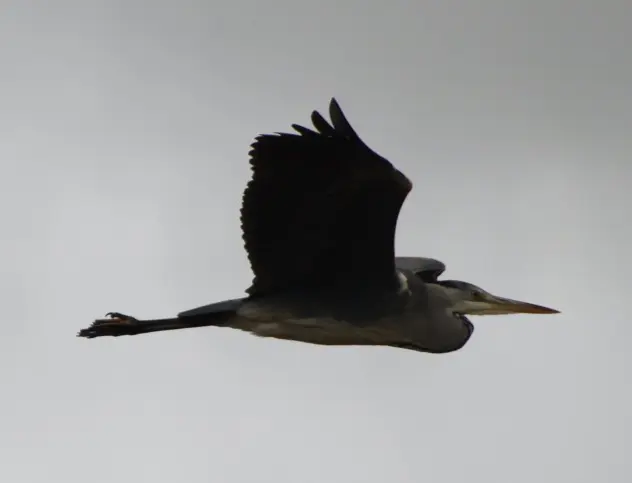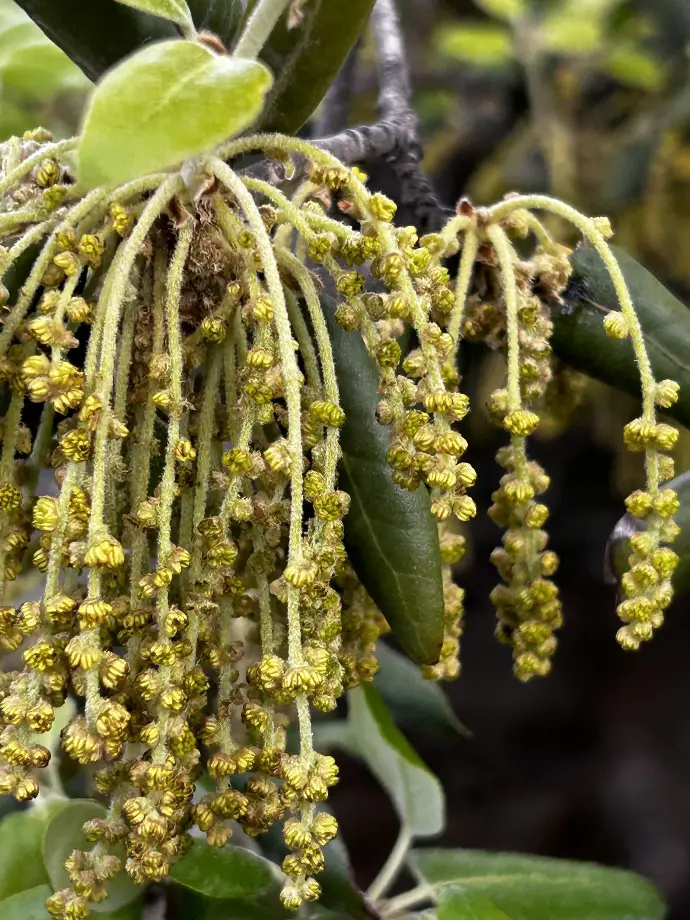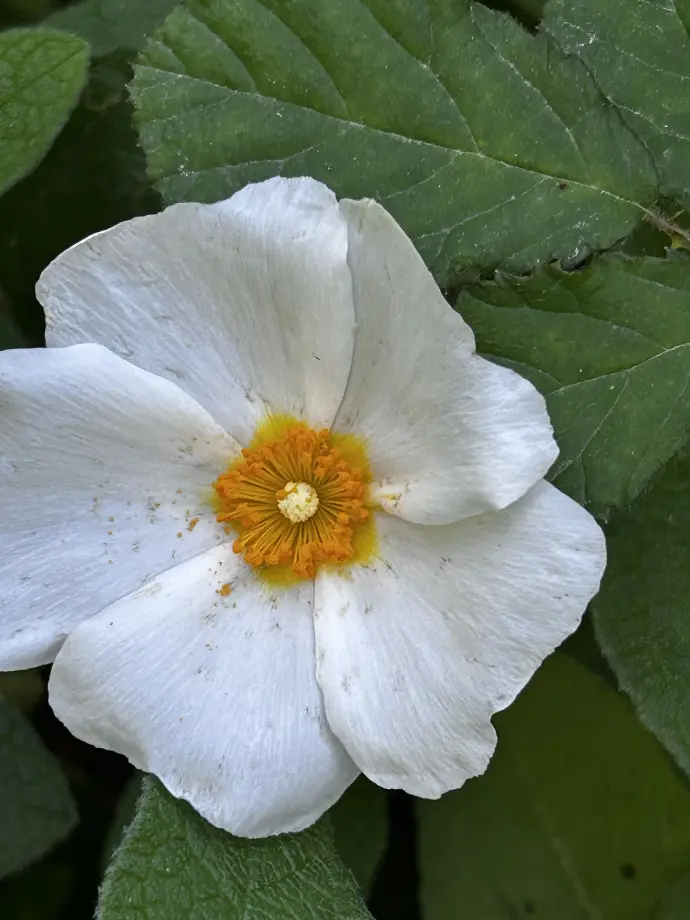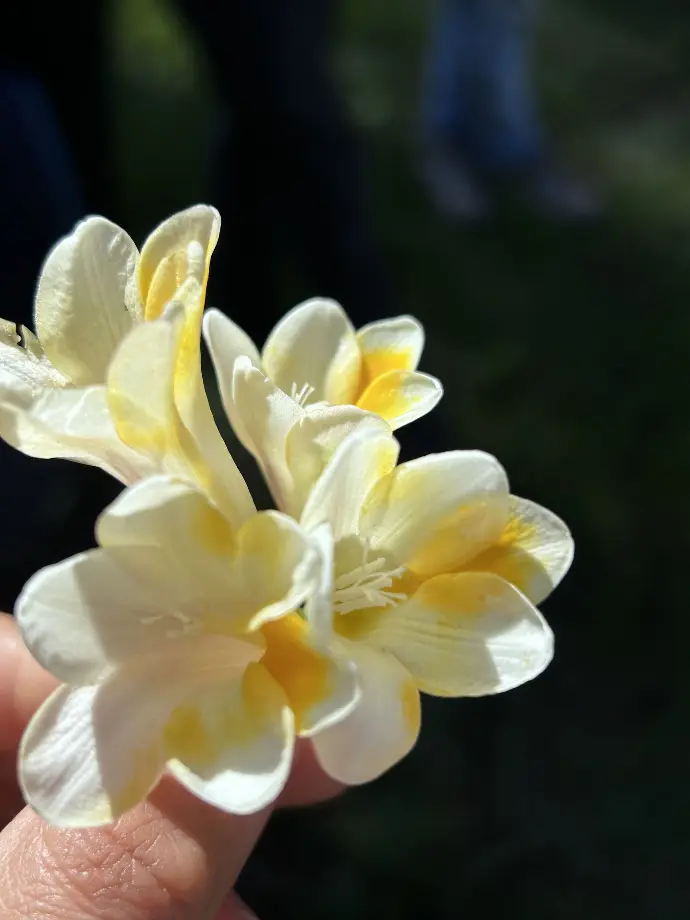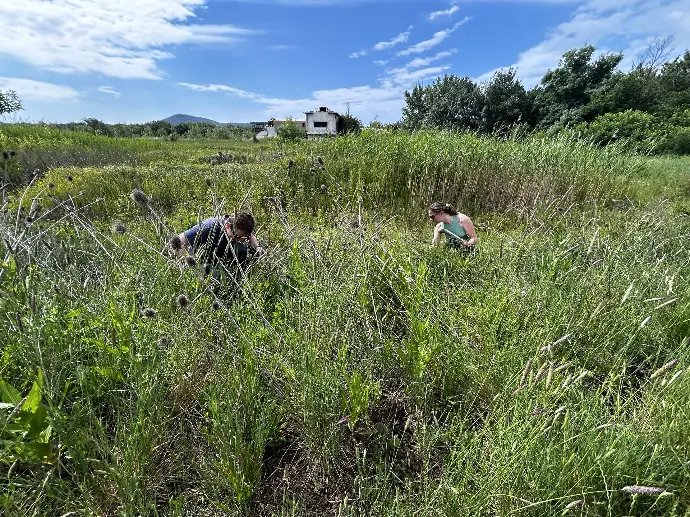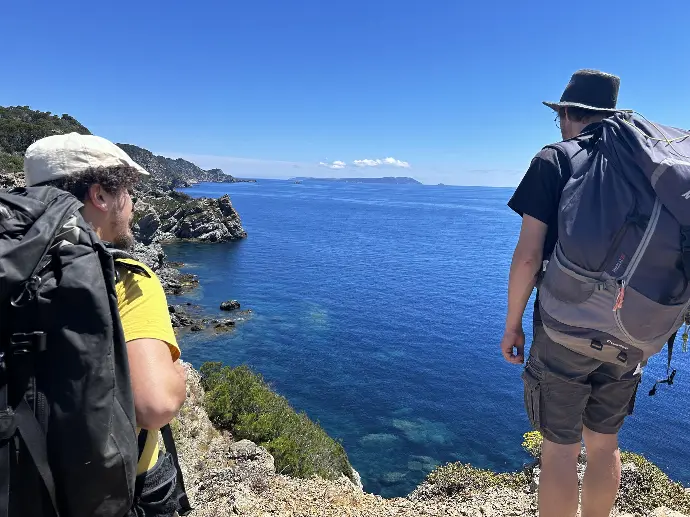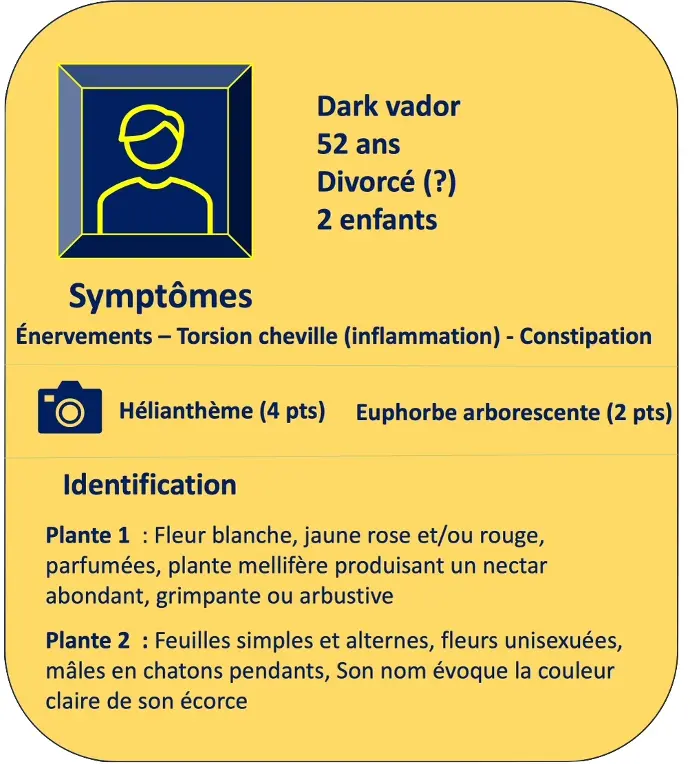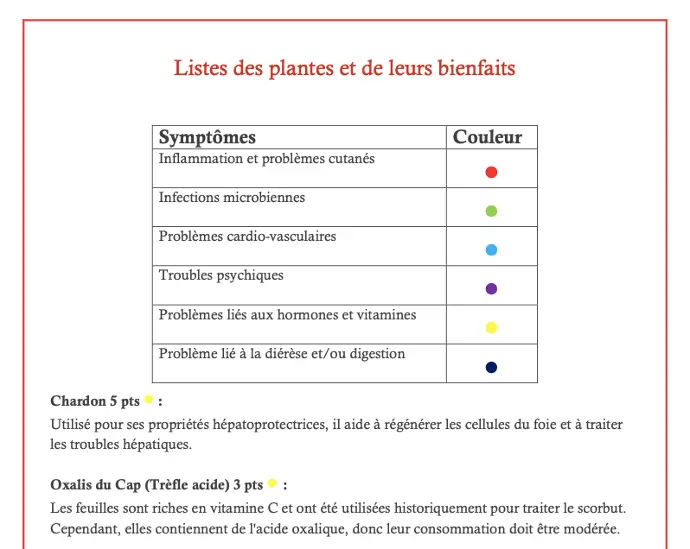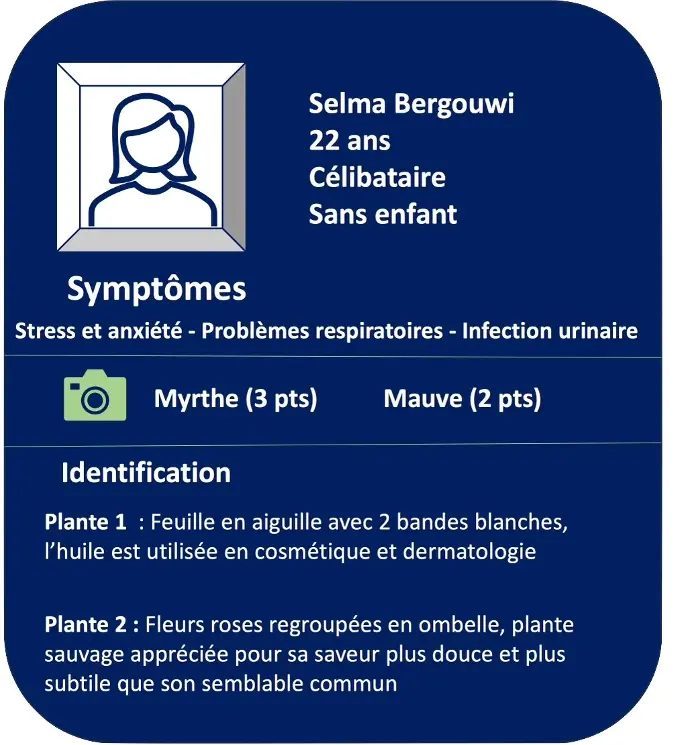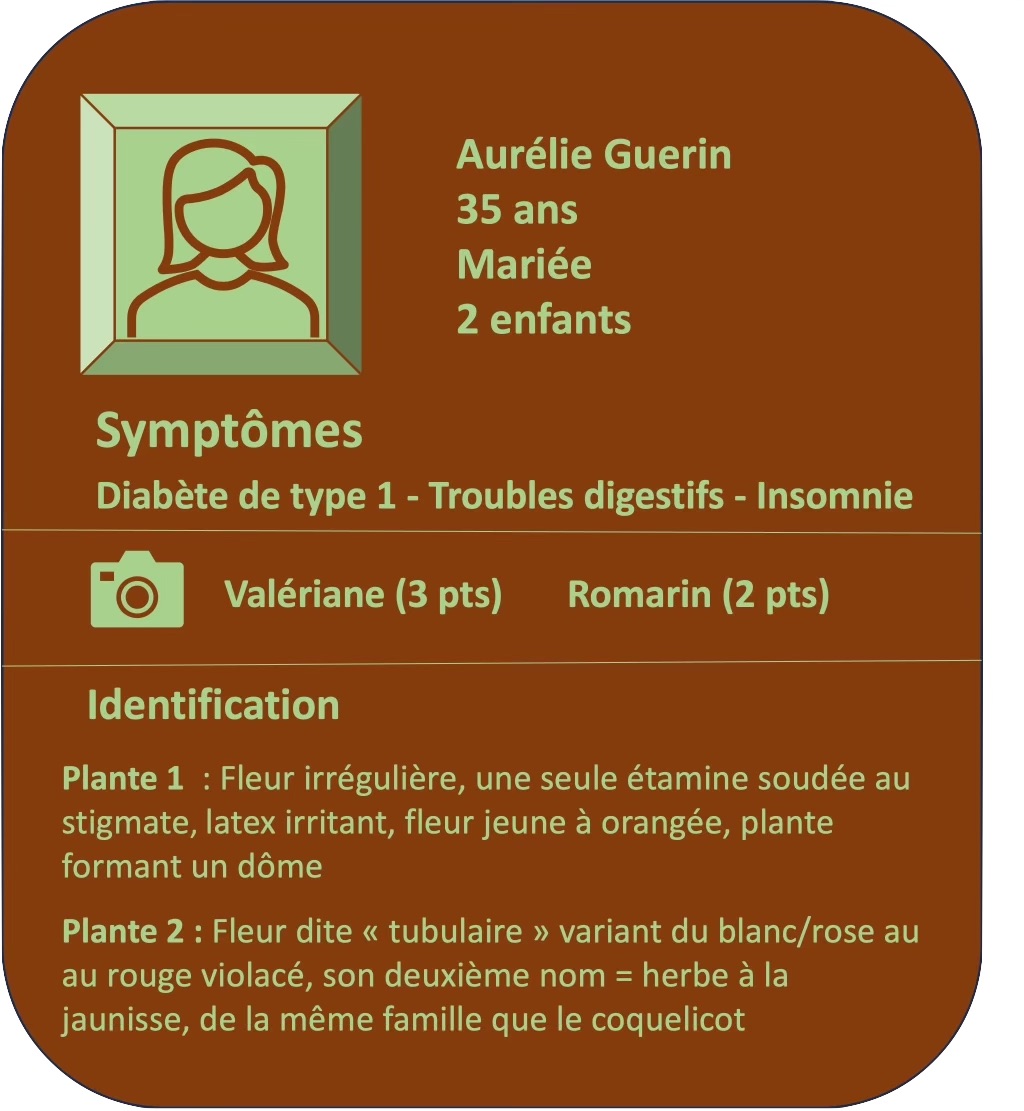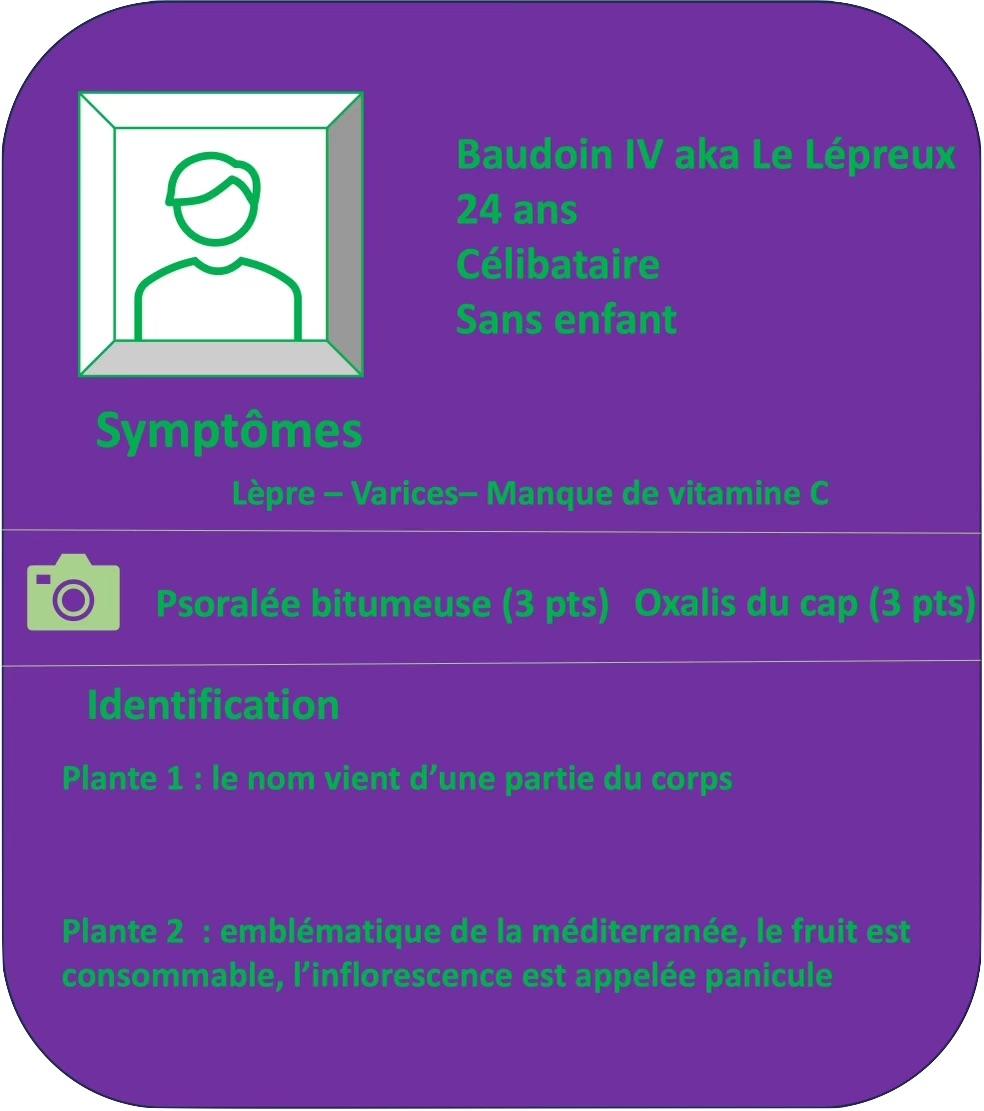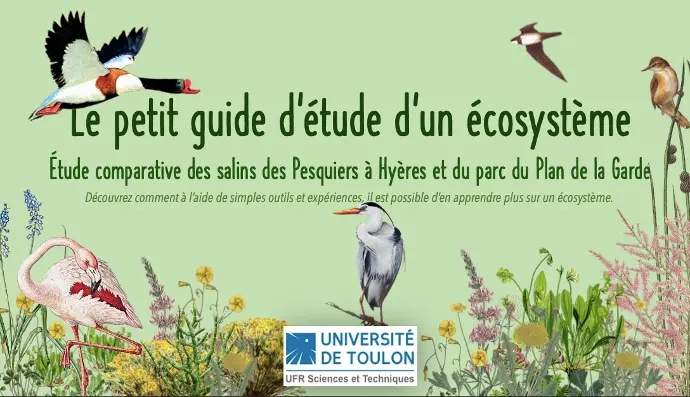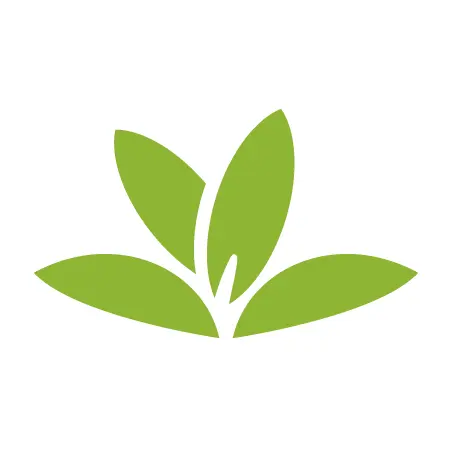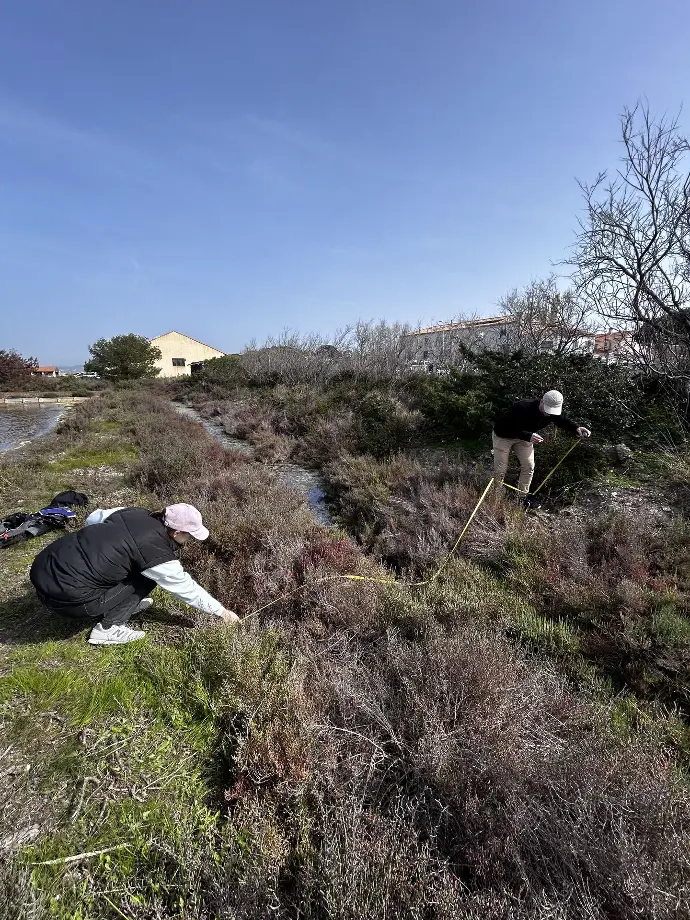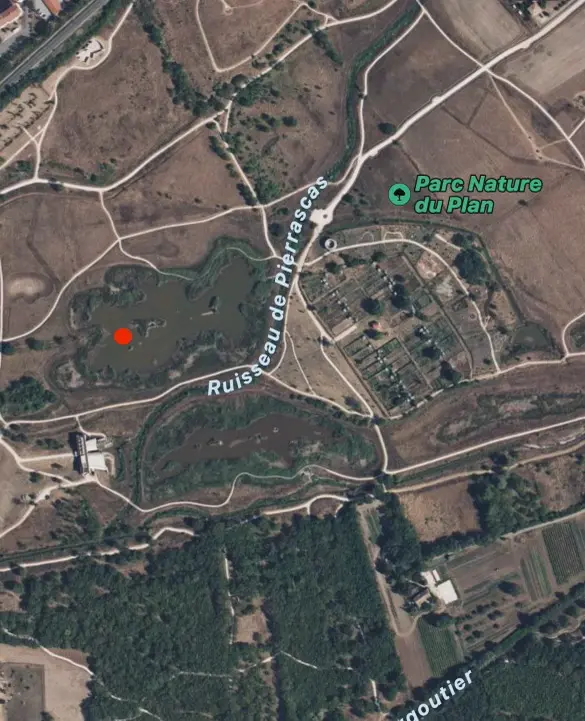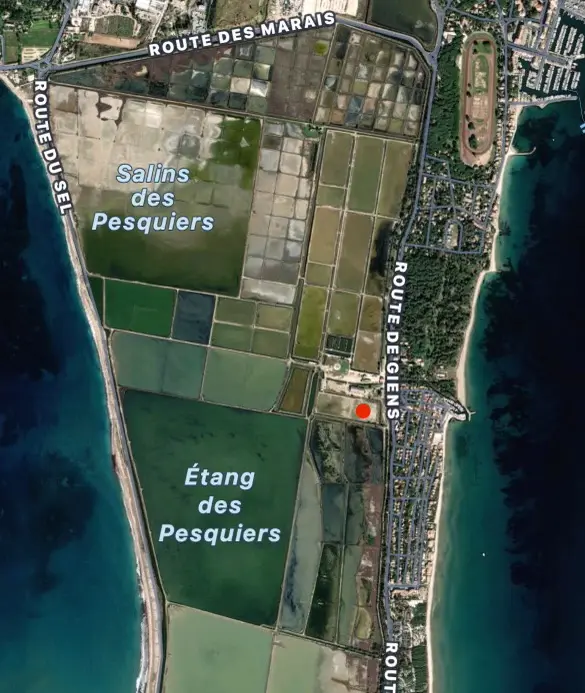Communication : species cards
Ecoguides focus on developing naturalistic skills by showcasing a different species each month in an electronic format. This initiative aims to educate about fauna and flora while improving communication skills to make the information widely accessible.
Animation
The medicinal plants
A game to learn identifying plants and their benefits
Mediation
4 themes
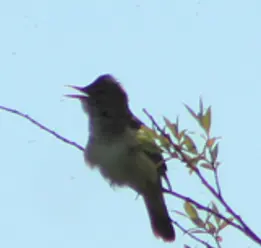
Birds
Birds are a great biodiversity indicators. Hyères satlworks counts more than 200 bird species and no less than 20 among them are part of the region natural heritage. The use of simple tools such as Merlin, a vocal recognition app, and a camera, help identify these species.
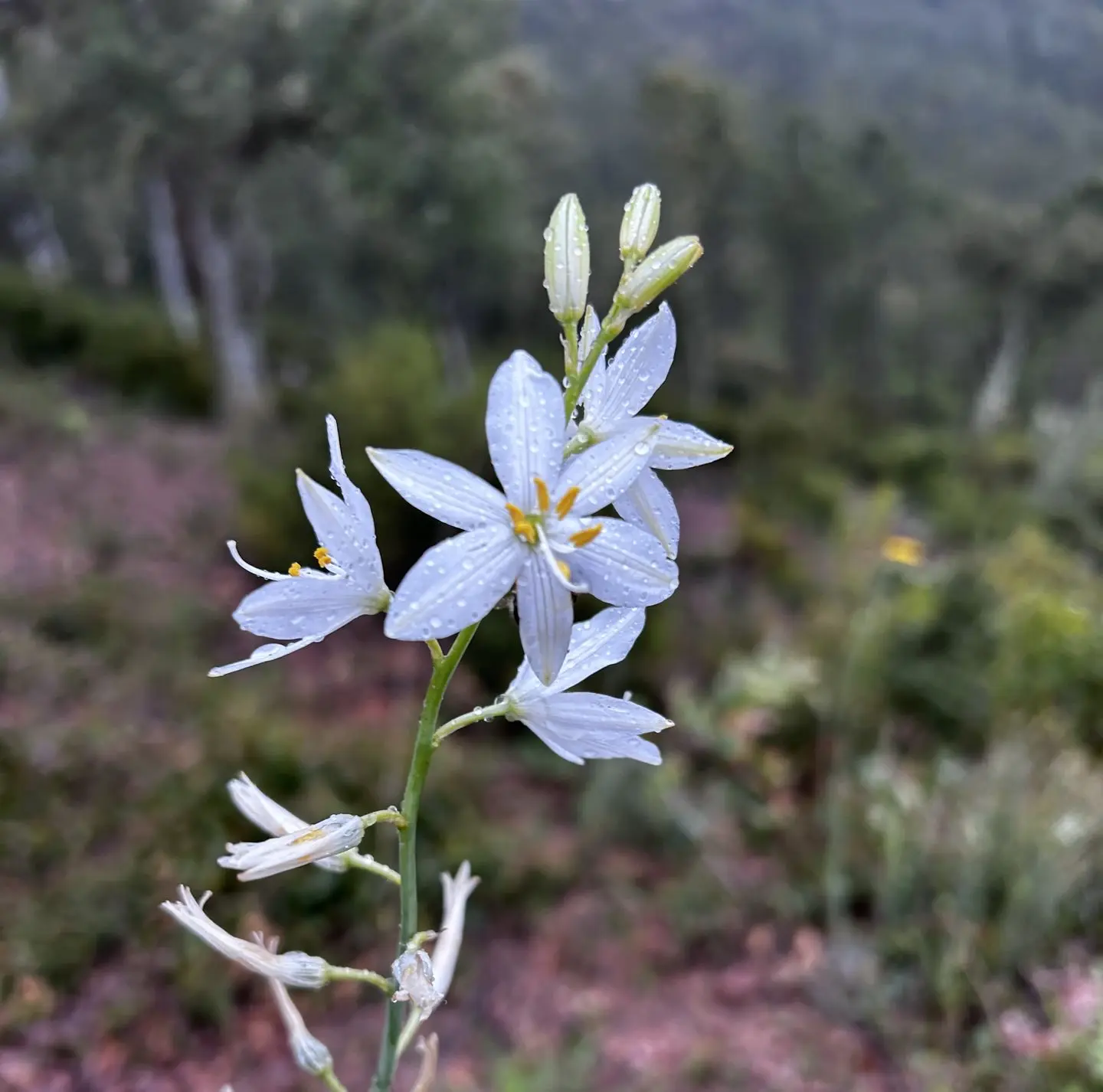
Plants
Plants can inform about the composition of land. The saltworks represent a dry and over-salted ecosystem and only adapted plants such as the halophytic ones, can spread around the saltworks pools.
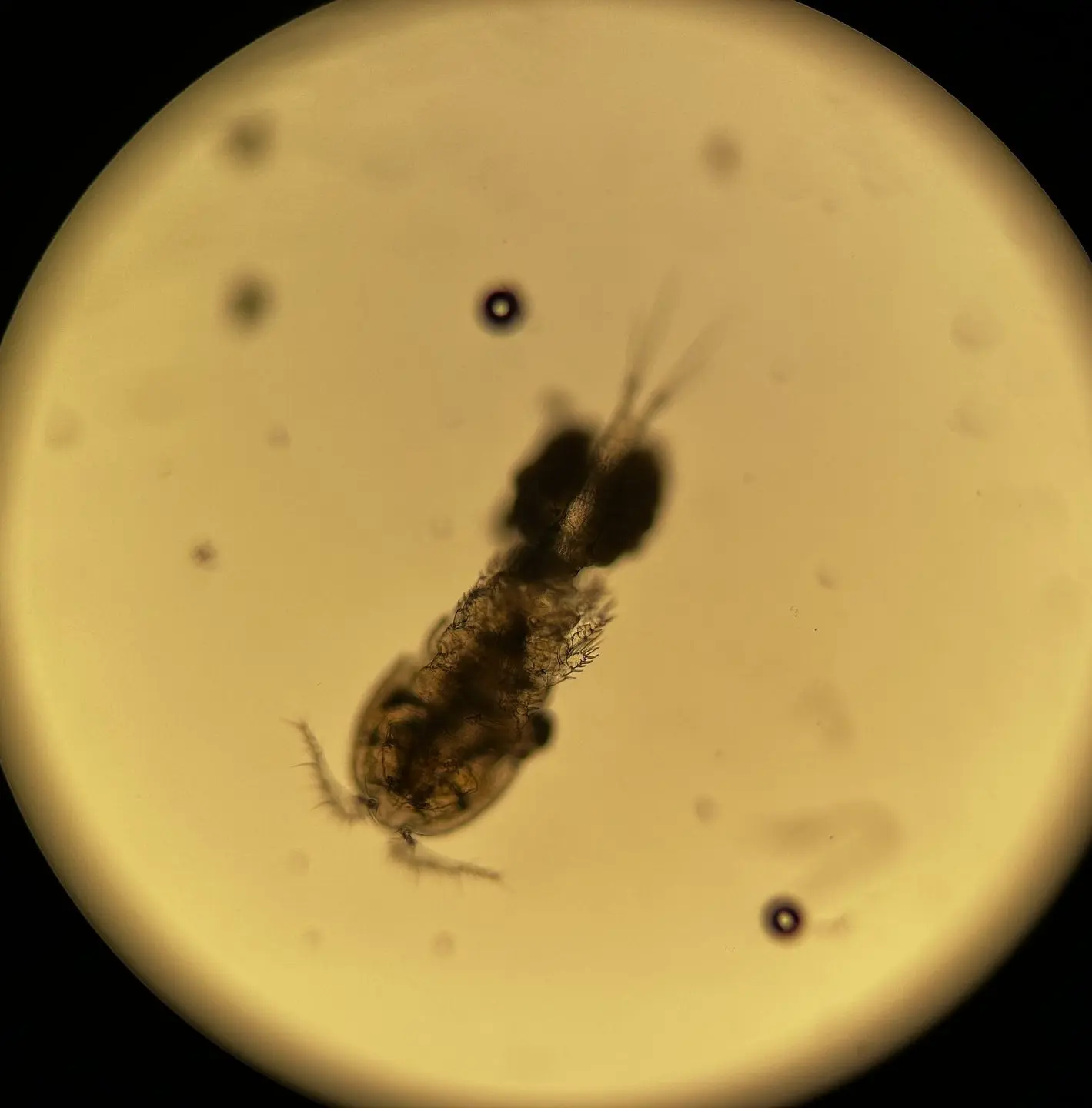
Zooplankton
Zooplankton are bio-indicators of water pollution. The presence of certain families such as Oithonidae can alert on the water state. In the saltworks, the water comes from the Mediterranean sea which is oligotroph. As a result, the saltworks water is low on zooplankton species.
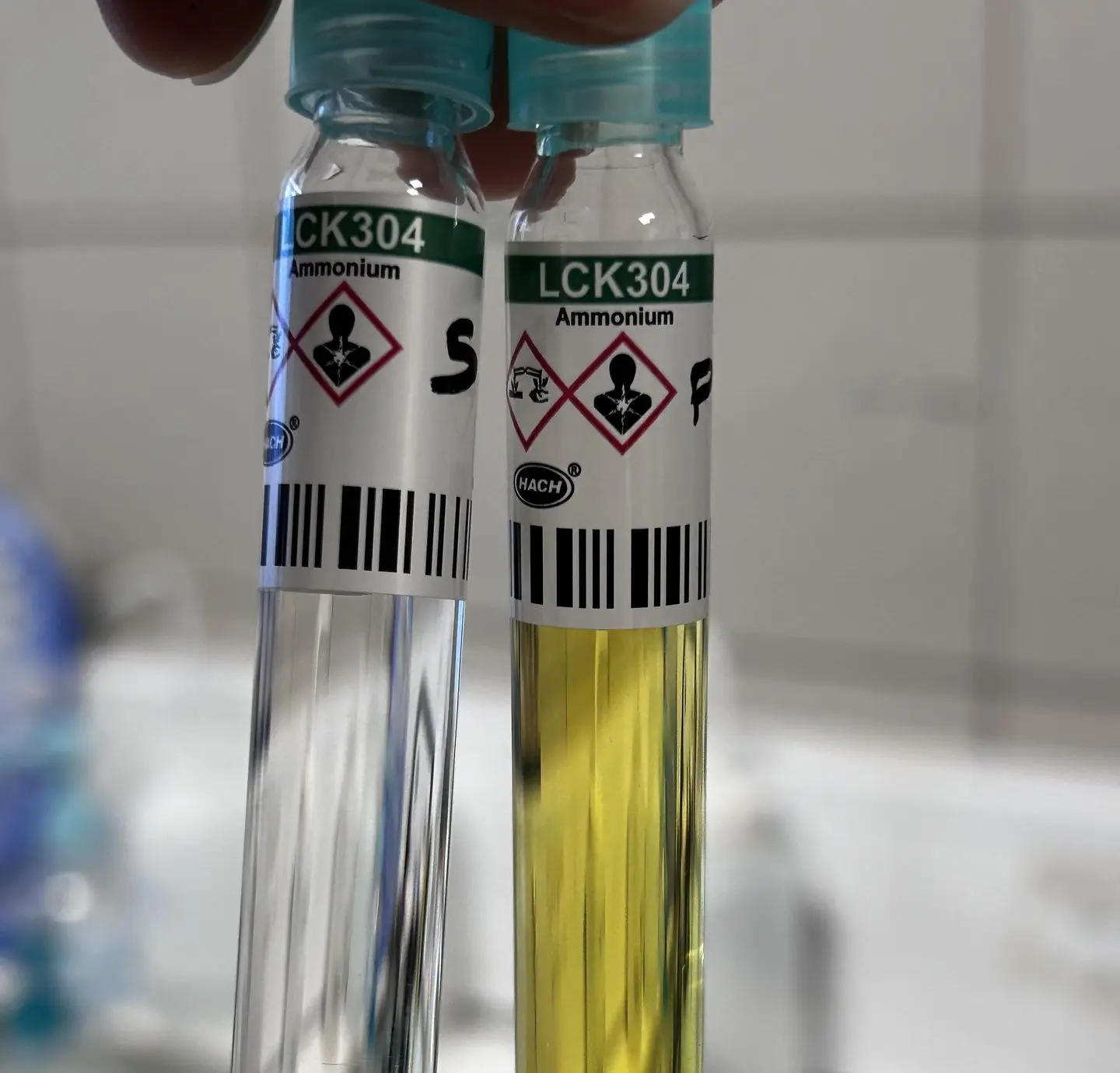
Physical/
Chemical
The physico-chemical study of Hyères saltworks consisted in evaluating the water concentrations of inorganic components such as nitrates, silice, phosphates etc. Moreover, a study of the soil conditions enabled to showcase the specific characteristics of the land.

